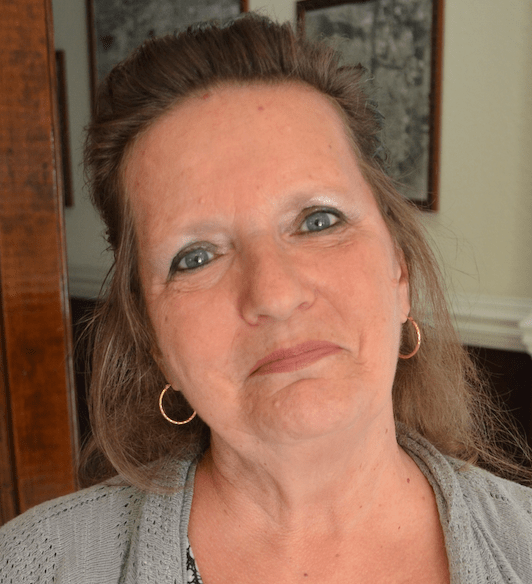
There are some exciting changes happening with the Friends in the Park program to combat homelessness in Plant City.
The Friends in the Park program will be transitioning to the Winter Visitor’s Center on Dort Street starting in June.
This new facility will provide a more comfortable environment with climate control, bathrooms, and ample seating for our homeless citizens to have a meal and fellowship with one another.
The program will continue to be funded and the facility cleaned up by the Friends in the Park partners, and although the building is provided by the city, there will be no additional expense incurred for the city with this transition.
During the past month, more individuals and families have stepped up to assist in the nightly meals at Veterans’ Memorial Monument Park. Jackie Hackett and her family have been coming with extra food for the past few weeks. Sherry Strawn Kaufmann has been collecting clothing for the homeless, along with two friends, and will be distributing the clothing in Plant City. Charlene Cardona has been going on location to feed homeless individuals Thursday nights that do not come to the park to participate in the Friends in the Park program.
If you are interested in becoming a partner in the Friends in the Park program, please contact Barbara Grainger through the Friends in the Park Facebook page: facebook.com/parkfriendsplantcity.
HOUSING ISSUES
Plant City was represented at two meetings in Tampa this month concerning initiatives to end homelessness in Hillsborough County.
The first meeting was The Tampa Hillsborough Homeless Initiative CoC (Continuum of Care) regular meeting May 7. The June meeting will be Thursday, June 4.
The second meeting was a discussion at Social Venture Partners Tampa Bay, and the topic was to explore myths and facts about homelessness.
Both meetings discussed much local data and explored success stories from other areas of the country.
The “Housing First” model was discussed at both meetings and has seemed to be successful wherever it has been implemented. The most prominent testimony can be seen in Utah, where chronic homelessness is down 91% under the decade-long “Housing First” initiative.
“Housing First” is an approach to ending homelessness that centers on providing people experiencing homelessness with housing as quickly as possible, and then providing services as needed, according to the National Alliance to End Homelessness.
The housing issues are such a Catch-22 for people. One family who was recently homeless found shelter at a local Inn. The problem for people in this situation is that a room costs between $50 and $100 per night. Even at only $50 a night, this comes out to $1500 a month and does not leave money for food, clothing, laundry, gas to get to and from work, etc. A family in this situation would not be able to save up enough to get into standard housing. Even a family that has what is considered an average income could find themselves in this situation in the event of hardship occurring. They would benefit from services like “Housing First.”
Many people that are seen as homeless by the community are not counted in the national homeless census because they are not sleeping on the street or in the woods. Many, especially young adults, are sleeping in a different sheltered location every few nights in a pattern that is known as “couch surfing.” These people are still in need of services and permanent housing in order to pull themselves together and be productive members of our community.
Often times, young adults find themselves in this situation as they “age out” of the protection of the foster care system. One young person in Plant City, who was an adopted orphan, was recently put on the street by their adoptive family as soon as they turned 18.
Other young people choose to go to the street to get away from abusive home environments, including parents with addictions. By getting these young people into permanent housing and stable environments, the community can thwart a possible life of drifting in and out of homelessness.
Other areas of concern that communities can move forward with to help the homeless population when there is not a homeless shelter in the area is: providing a place for individuals to take a shower and attend to personal hygiene; providing a place to store a few belongings while they attend to daily tasks such as day labor or job search.
Shirley Chamberlain is an advocate for the homeless and the Food Ministry Partner for Gospel METS Ministry.
